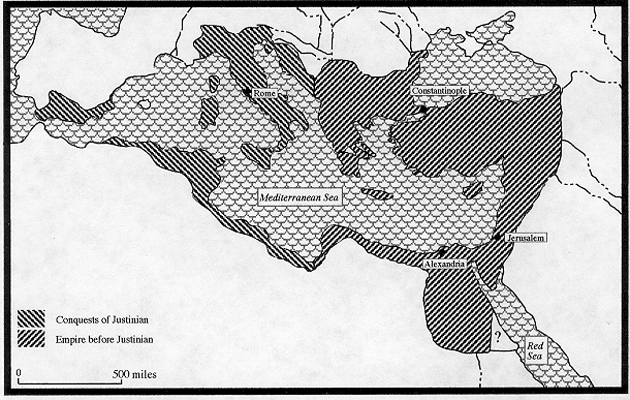
Late Antiquity
The era known as late antiquity began with the tremendous cultural changes that marked the final centuries of classical antiquity. In the political realm, military pressures endangering the empire's frontiers compelled Romans to turn their attention to powerful neighboring states. Some of these lands -- particularly Persia in the East -- also found their cultural influence among Romans enhanced as their political fortunes improved. In time, the center of gravity of the Roman world even shifted eastward as its new capital, Constantinople, was built atop the ancient city of Byzantium.
Late antiquity also witnessed the effects of a radical religious transformation when Christianity emerged as the dominant religion of the new Byzantine empire. By the end of the fourth century, the profile of late antique civilization built upon both prior classical traditionsand elements from outside the borders of the empire. That rich, diverse cultural heritage has long been recognized in studies of late antique literature and art. This exhibition explores how fashion also reflects the momentous cultural changes in late antique popular culture.
